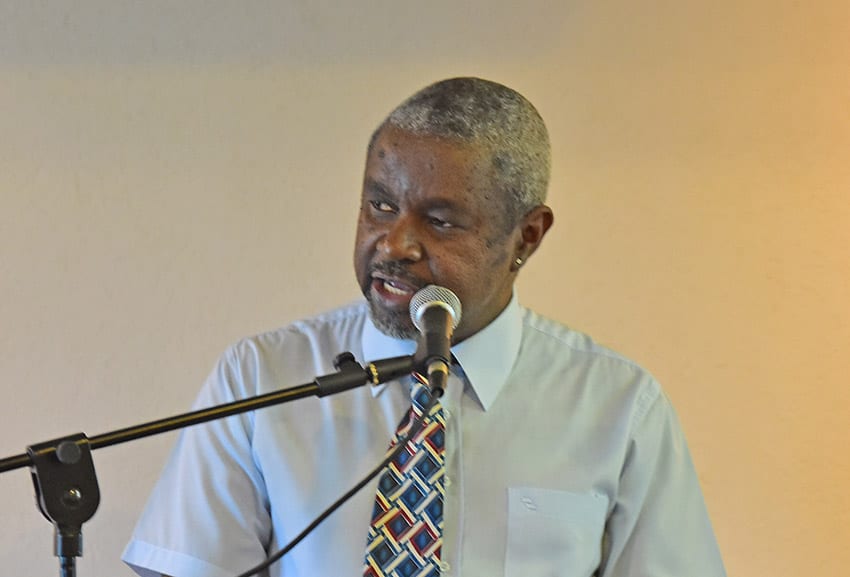Travellers coming into Barbados from a country categorised as high or medium risk are strongly advised to have a valid negative COVID-19 PCR test result from an accredited laboratory within 72 hours prior to arrival. (Stock Photo)
Several European countries have now been deemed high risk by health authorities for travel into Barbados. And a number of Caribbean countries have also been shifted from the low and medium risk categories to high risk.
When the updated COVID-19 protocols for travel into Barbados take effect on Friday, September 4, Jamaica, Haiti, the Dominican Republic and Suriname will all move from the medium risk category to high risk while Trinidad and Tobago and Guyana will also move into high risk from the low risk category.
Within Europe, Spain, Italy, France and Sweden, which were all formerly categorised as medium risk, will now be deemed high risk.
There has also been some movement downward with Australia, Egypt and Sri Lanka moving from the medium risk to low risk category.
The full list of countries in all categories is contained in the published protocols which may be viewed at www.gisbarbados.gov.bb.
Acting Chief Medical Officer (CMO), Dr. Kenneth George, explained today that the determination of risk was based on the cumulative seven-day total of new cases per 100,000 of the population, and also took into account the positivity rates.
“The travelling public is advised to familiarise themselves with the new protocols and to be aware that the Ministry of Health and Wellness endeavours to have the protocols updated every two weeks because of the fluid situation presented by the COVID-19 pandemic,” the Acting CMO stated.
He reminded travellers that anyone coming into Barbados from a country categorised as high or medium risk was strongly advised to have a valid negative COVID-19 PCR test result from an accredited laboratory within 72 hours prior to arrival.

Travellers from low risk countries will be allowed to present negative results of tests taken up to five days prior to arrival.
All passengers from these three categories arriving without a valid test are required to take a test on arrival at the airport.
Dr. George reiterated that all persons entering Barbados from high risk countries who test negative must quarantine at a government facility free of charge, or at a designated hotel or approved villa at their expense, for 14 days. There is the option of taking a second test between five and seven days, and if that test is negative, they may be discharged, he shared.
Meanwhile, there is a new requirement, effective September 14, for persons travelling from medium risk countries to take a mandatory second test after seven days. This category of traveller, who presents a negative test, or tests negative on arrival, is monitored daily for the onset of symptoms for seven days. Anyone who refuses to take the second test at the end of that period will be placed in quarantine for seven days, the Acting CMO disclosed.
The new protocols also include a new category deemed very low risk. Persons travelling from these countries and who have not travelled to, or transited through any country designated as high, medium or low risk within 21 days prior to travel to Barbados, will not be required to take a COVID-19 PCR test prior to or on arrival.
These countries include Dominica, Grenada, Anguilla, Antigua and Barbuda, Cayman Islands, St. Lucia, New Zealand, Finland, Montserrat, St. Kitts and Nevis and St. Vincent and the Grenadines.



